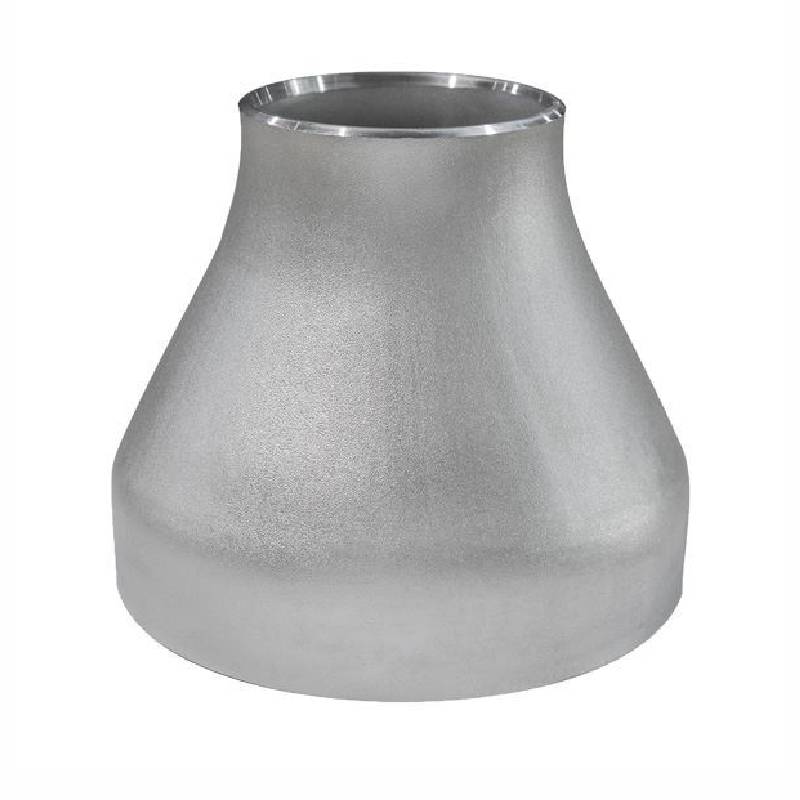-
Cangzhou Yulong Steel Co., Ltd.
-
Phone:
+86 13303177267 -
Email:
admin@ylsteelfittings.com
- English
- Arabic
- Italian
- Spanish
- Portuguese
- German
- kazakh
- Persian
- Greek
- French
- Russian
- Polish
- Thai
- Indonesian
- Vietnamese
- Zulu
- Korean
- Uzbek
- Hindi
- Serbian
- Malay
- Ukrainian
- Gujarati
- Haitian Creole
- hausa
- hawaiian
- Hebrew
- Miao
- Hungarian
- Icelandic
- igbo
- irish
- Japanese
- Javanese
- Kannada
- Khmer
- Rwandese
- Afrikaans
- Albanian
- Amharic
- Armenian
- Azerbaijani
- Basque
- Belarusian
- Bengali
- Bosnian
- Bulgarian
- Catalan
- Cebuano
- China
- China (Taiwan)
- Corsican
- Croatian
- Czech
- Danish
- Esperanto
- Estonian
- Finnish
- Frisian
- Galician
- Georgian
- Kurdish
- Kyrgyz
- Lao
- Latin
- Latvian
- Lithuanian
- Luxembourgish
- Macedonian
- Malgashi
- Malayalam
- Maltese
- Maori
- Marathi
- Mongolian
- Myanmar
- Nepali
- Norwegian
- Norwegian
- Occitan
- Pashto
- Dutch
- Punjabi
- Romanian
- Samoan
- Scottish Gaelic
- Sesotho
- Shona
- Sindhi
- Sinhala
- Slovak
- Slovenian
- Somali
- Sundanese
- Swahili
- Swedish
- Tagalog
- Tajik
- Tamil
- Tatar
- Telugu
- Turkish
- Turkmen
- Urdu
- Uighur
- Welsh
- Bantu
- Yiddish
- Yoruba

Aug . 13, 2024 13:48 Back to list
Exploring the Specifications and Applications of DIN 300 Flanges in Industrial Connections
Understanding DIN 300 Flanges A Comprehensive Overview
DIN 300 flanges represent an important category within the industrial piping sector, particularly pertaining to standards established by the German Institute for Standardization (Deutsches Institut für Normung, or DIN). These flanges play a critical role in ensuring the reliability and safety of various piping systems, especially in environments involving high-pressure and high-temperature conditions.
What is a DIN Flange?
A flange is a mechanical component that provides a connection point for piping or equipment, facilitating the transport of fluids and gases. Flanges come in a variety of standards, materials, and configurations, and DIN standards are internationally recognized for their rigorous specifications and quality assurance.
The DIN 300 flange is characterized by its pressure rating, which is designed to handle pressures of up to 300 bar (approximately 4,350 psi) depending on the material and temperature ratings. This pressure rating makes DIN 300 flanges suitable for a wide array of industrial applications.
Design and Specifications
DIN 300 flanges are typically produced in a circular shape and are equipped with bolt holes on their periphery. This design allows for easy and secure attachment to other piping components. The size of these flanges can vary, fitting standard piping diameters to cater to different industrial needs.
The flanges are available in various materials, including carbon steel, stainless steel, and alloy steel. The choice of material is crucial, as it must align with the chemical properties of the media being transported, as well as the environmental conditions such as temperature and pressure. For example, stainless steel is preferred in corrosive environments due to its resistance to oxidation and rust.
Applications of DIN 300 Flanges
DIN 300 flanges are widely used in multiple industries, including but not limited to
1. Oil and Gas In upstream and downstream processes, DIN 300 flanges are used to connect pipelines, vessels, and other equipment.
din 300 flange

2. Chemical Processing These flanges can withstand the high pressures and temperatures associated with chemical reactions and processes.
3. Water Treatment The reliability and durability of DIN 300 flanges make them suitable for water transport systems and treatment plants.
4. Power Generation These flanges are employed in power plants, particularly in boiler systems where high-pressure environments are common.
Advantages of DIN 300 Flanges
There are several advantages associated with using DIN 300 flanges
- Reliability Their robust design ensures that they can withstand high pressure and temperature, reducing the risk of leaks and failures.
- Versatility With a variety of sizes and materials available, these flanges can be adapted to suit numerous applications across diverse industries.
- Standardization Adherence to DIN standards provides assurance of quality and performance, making them a preferred choice among engineers and technicians.
Conclusion
In summary, DIN 300 flanges are an essential component in many high-pressure industrial applications. Their standardized design, coupled with the ability to handle extreme conditions, makes them a reliable choice for connecting various components within a piping system. Engineers must carefully consider the material and size when selecting DIN 300 flanges to ensure optimal performance in their specific application. As industries continue to advance and demand more robust solutions, the importance of standards like DIN will remain ever-present in the engineering world.
Latest news
-
ANSI 150P SS304 SO FLANGE
NewsFeb.14,2025
-
ASTM A333GR6 STEEL PIPE
NewsJan.20,2025
-
ANSI B16.5 WELDING NECK FLANGE
NewsJan.15,2026
-
ANSI B16.5 SLIP-ON FLANGE
NewsApr.19,2024
-
SABS 1123 FLANGE
NewsJan.15,2025
-
DIN86044 PLATE FLANGE
NewsApr.19,2024
-
DIN2527 BLIND FLANGE
NewsApr.12,2024
-
JIS B2311 Butt-Welding Fittings LR/SR 45°/90° /180°Seamless/Weld
NewsApr.23,2024











